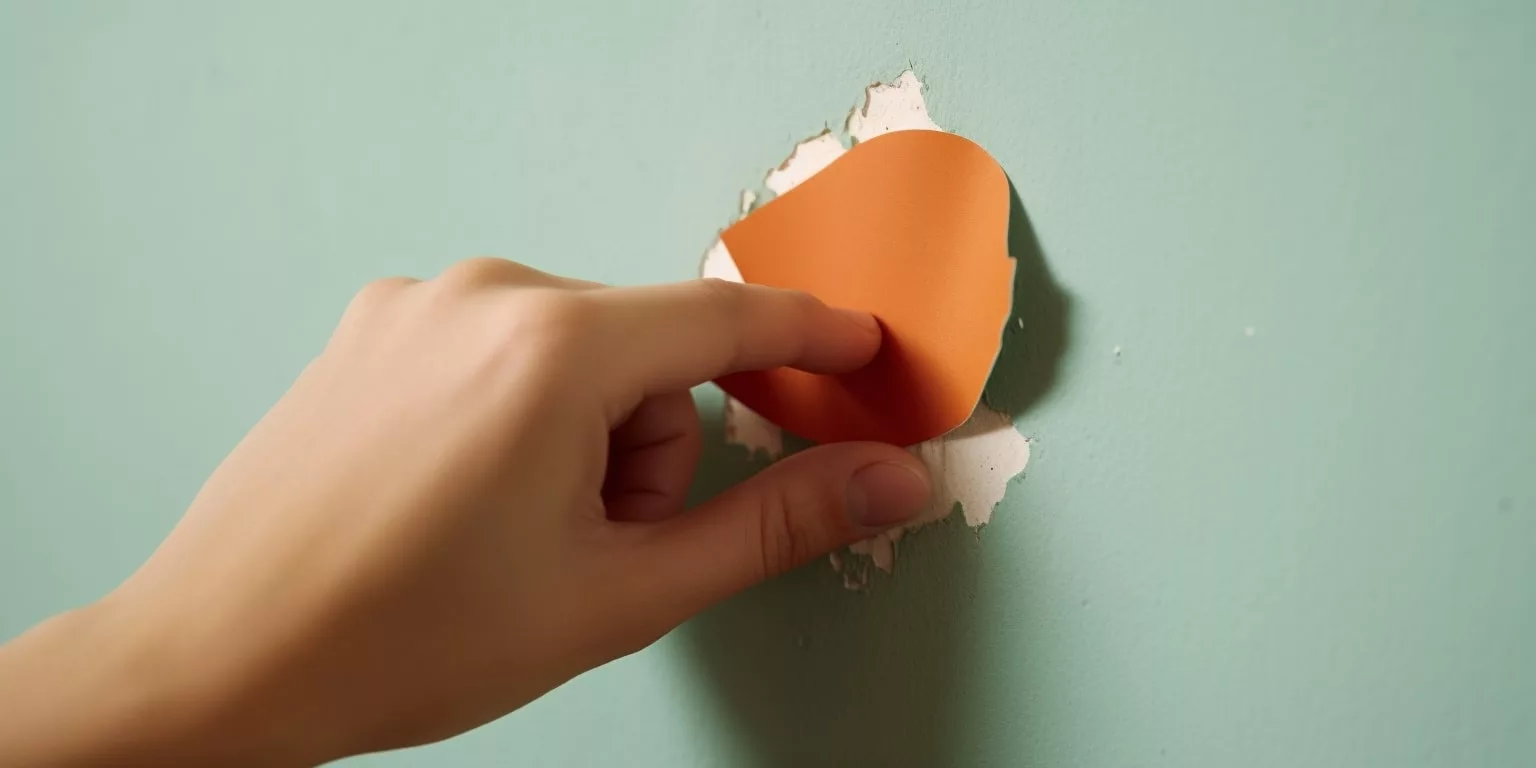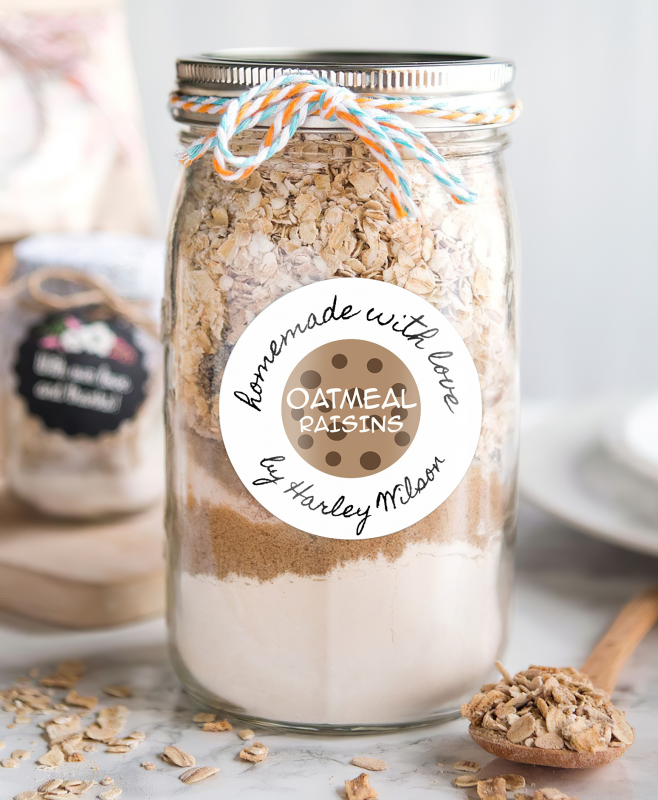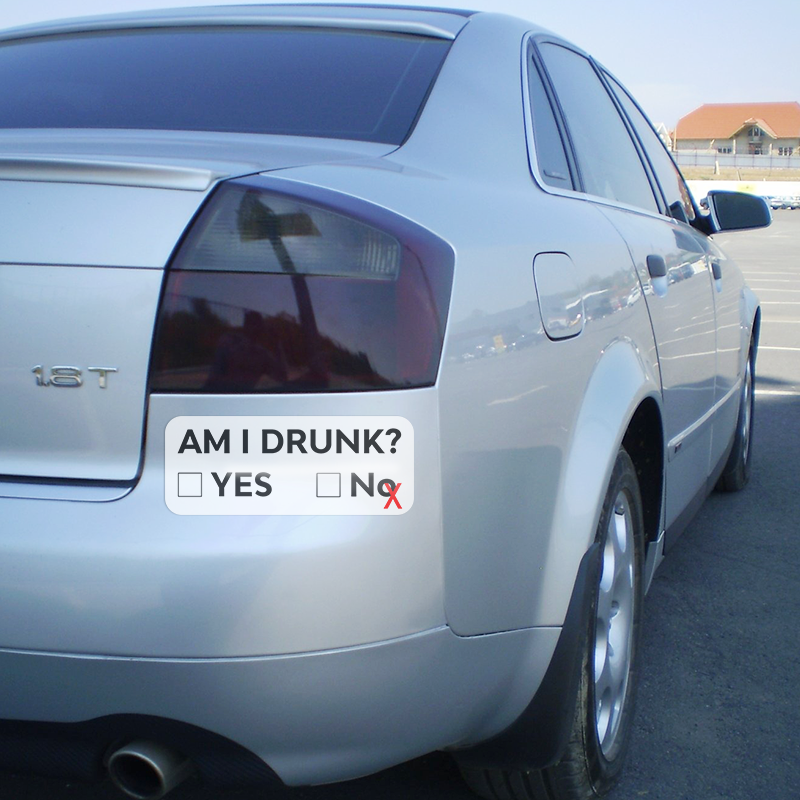
Blog
What is the best adhesive for stickers: Types and Properties

Stickers consist of multiple layers, such as facestock, adhesive and backing layer, each of them serves different functions. Choosing the appropriate sticker for your needs involves considering the specific requirements of each component. In the previous post, we discussed selecting the best materials for the facestock. Now it’s time to talk about the adhesive layers: available types, their properties, and the best glue for stickers among all.
How many options do we have for sticker adhesive?
Choosing the right adhesive for stickers is crucial as it determines the bonding strength, removability, and compatibility with different surfaces, ensuring optimal adhesion and performance. As for its importance, we find it essential to provide you with information on all types of sticker adhesives first.
Types of sticker adhesive based on adhesion level
When it comes to choosing the right adhesive for stickers, you’ll find a range of options available based on the desired adhesion level.
1. Permanent Adhesive
The first option is permanent adhesive, which is designed to create a strong and long-lasting bond between the sticker and the surface it is applied to. This type of sticker adhesive is ideal for applications where the sticker needs to remain in place permanently, such as product labels or branding stickers.

2. Removable Adhesive
If you’re looking for a more flexible , removable adhesive is worth considering. Removable adhesive allows stickers to be easily removed without leaving residue or damaging the surface. This is particularly useful for temporary or promotional stickers that may need to be repositioned or replaced without causing any harm to the underlying surface. Besides, if you are planning to use stickers on expensive items (laptops, phones or cars…), we also recommend using removable sticker glue.
3. Repositionable Adhesive
For those who require even greater flexibility, repositionable adhesive is a suitable choice. With repositionable adhesive, stickers can be easily removed and repositioned multiple times without losing adhesive properties. This is especially beneficial when precise placement is crucial, such as stickers for window glassdoor, or office wall, because this allows for adjustments and ensuring a perfect alignment.
Types of sticker adhesive according to the substance used
Sticker adhesives also come in various types based on the substances used in their composition.
1. Water-Based Adhesive
Water-based sticker adhesive is an environmentally friendly option, as it is primarily composed of water, combined with polymer and additives. It is commonly used for paper labels and general-purpose applications, offering low toxicity and low odor.
2. Solvent-Based Adhesive
Solvent-based adhesive, on the other hand, is made up of organic solvents and synthetic resins. It provides excellent bonding strength and is often chosen for applications that require durability, such as outdoor labels or industrial use.
However, it’s important to note that solvent-based adhesives may contain higher levels of volatile organic compounds (VOCs). When these adhesives are used, the VOCs can be released into the air. Prolonged exposure to VOCs may lead to respiratory irritation, headaches, dizziness, and other health issues. Additionally, VOC emissions from solvent-based adhesives contribute to environmental pollution and can have a negative impact on air quality and ecosystems.
3. Acrylic Adhesive
Acrylic sticker adhesive, composed primarily of acrylic polymers, offers excellent bonding strength on different surfaces such as plastic, metal, and glass. It exhibits good resistance to UV rays, moisture, and temperature variations. Acrylic adhesives are often used in durable labels, automotive applications, and outdoor stickers.
4. Rubber-Based Adhesive
Rubber-based sticker adhesive is made from natural or synthetic rubber polymers. It offers good initial tack and flexibility, making it suitable for applications that require conformability, such as curved or uneven surfaces. For example, rubber-based adhesives are commonly used in promotional stickers that are applied to uneven street walls.
Types of sticker adhesive based on the way they are activated
1. Hot Melt Adhesive
Hot melt adhesive, typically composed of thermoplastic polymers, resins, and additives, is a solid adhesive that melts when heated, providing fast and reliable bonding. It is frequently used in high-speed labeling and packaging applications, bonding well with various materials including paper, plastic, and metals.
2. Pressure-Sensitive Adhesive
Pressure-sensitive sticker adhesive is tacky at room temperature and forms a bond when pressure is applied. It is commonly found in self-adhesive labels, tapes, and stickers, providing instant adhesion without the need for additional heat or solvents.
Things you need to consider when choosing sticker adhesive
1. Surface Compatibility
First and foremost, evaluate the surface compatibility. Different adhesives have varying levels of compatibility with different surfaces, such as paper, plastic, glass, metal, or fabric. Ensuring that the adhesive is suitable for the specific surface will ensure optimal adhesion.
2. Bonding Strength
Another important consideration is the bonding strength required for your stickers. Consider the weight or size of the sticker, the intended application, and the expected environmental conditions. Some applications may require stronger adhesive labels to ensure long-term adhesion, while others may require a more temporary or removable adhesive option.
3. Removability
Removability is a crucial factor to think about, especially if you anticipate the need to reposition or remove the stickers without leaving residue or causing damage. Depending on your requirements, you can choose between permanent sticker labels that offer a strong and long-lasting bond or removable adhesives that allow for easy removal without residue.

4. Temperature Resistance
Temperature resistance is also a vital consideration, particularly if your stickers will be exposed to extreme temperatures. Some adhesives perform well in high heat or freezing conditions, while others may lose their adhesive properties. It’s important to choose an adhesive that can withstand the temperature variations of your intended application.
5. Environmental Factors
Environmental factors should also be taken into account. Consider the stickers’ exposure to moisture, humidity, UV rays, or chemicals. Select an adhesive that is specifically designed to withstand these conditions and maintain its adhesion. This ensures that your stickers will remain securely attached even in challenging environments.
6. Application Method
The application method is another aspect to consider. Some adhesives are suitable for manual application, while others may require automated processes. Ensure that the adhesive you choose is compatible with your intended application method for ease of use and efficiency.
7. Health and Safety
Lastly, it’s important to consider health and safety aspects associated with the adhesive. Some adhesives may contain volatile organic compounds or other potentially harmful substances. If necessary, choose adhesives that meet specific health and safety regulations or opt for low-contain volatile organic compounds or eco-friendly options to minimize any potential risks.
Which is the best adhesive for stickers
In fact, there is no perfect adhesive for every kind of sticker – one may be best for this purpose, but it can cause some inconvenience when using stickers for other purposes. We need to know the priority to find the most suitable adhesive for our sticker needs. Here are some suggestions for you for the most common criteria.
1. Time use
If the first criterion for you to prioritize is the intended time of use, these are recommendations for you.
For applications where long-lasting adhesion is essential, it is recommended to choose a permanent adhesive stickers. Permanent adhesives provide a strong and durable bond, ensuring that the stickers remain securely attached for an extended period. They are ideal for security stickers, warning labels, stickers for equipment markings, or any situation where you need the sticker to stay in place without the risk of it being easily removed or repositioned.
In case you anticipate the need for temporary stickers, it is advisable to opt for a removable adhesive. You can easily remove these stickers without leaving residue or damaging the surface. They are suitable for temporary promotion stickers, event signages, or labeling on rented items. Removable adhesives provide these stickers and labels flexibility and convenience while maintaining adequate adhesion during their intended use.
2. Special surface
For special surfaces, such as those with low surface energy or rough textures, it is recommended to use an adhesive specifically designed for such surfaces. For example, acrylic adhesives offer excellent bonding strength on surfaces like plastic, metal, or glass. Stickers with acrylic adhesives ensure reliable adhesion even on difficult surfaces, making them a versatile option for different applications.
3. Weather condition
When it comes to weather conditions, including exposure to extreme temperatures, moisture, or UV rays, selecting an adhesive with suitable weather resistance is crucial. Solvent-based adhesives or acrylic adhesives are often preferred in such situations. They offer good resistance to environmental factors, ensuring that the stickers maintain their adhesion and integrity even in harsh weather conditions. Besides, for open spaces or for outdoor uses, the solvent-based adhesive will have less impact on human health.

4. Health/safety
In terms of health and safety considerations, such as stickers used for food packaging or stickers for kids, it is advisable to choose adhesives that comply with relevant regulations and minimize any potential risks. Water-based adhesives are generally considered safer options as they have lower toxicity and emit fewer volatile organic compounds compared to solvent-based adhesives.
5. Environment
When considering environmental impact, opting for eco-friendly adhesive options is recommended. Water-based adhesives or adhesives with low VOC content are environmentally conscious choices that reduce the release of harmful substances into the environment during production and use.
Have you found the best adhesive for stickers yet?
In conclusion, determining the best adhesive for stickers depends on various factors and considerations. The most important thing is to know your purpose and your priority. Based on our suggestions above, choose the sticker adhesive type that is suitable for you, and we believe it is also the best.
Don’t forget that we are always with your sticker and label demand. If you have any questions, feel free to reach us at [email protected].












